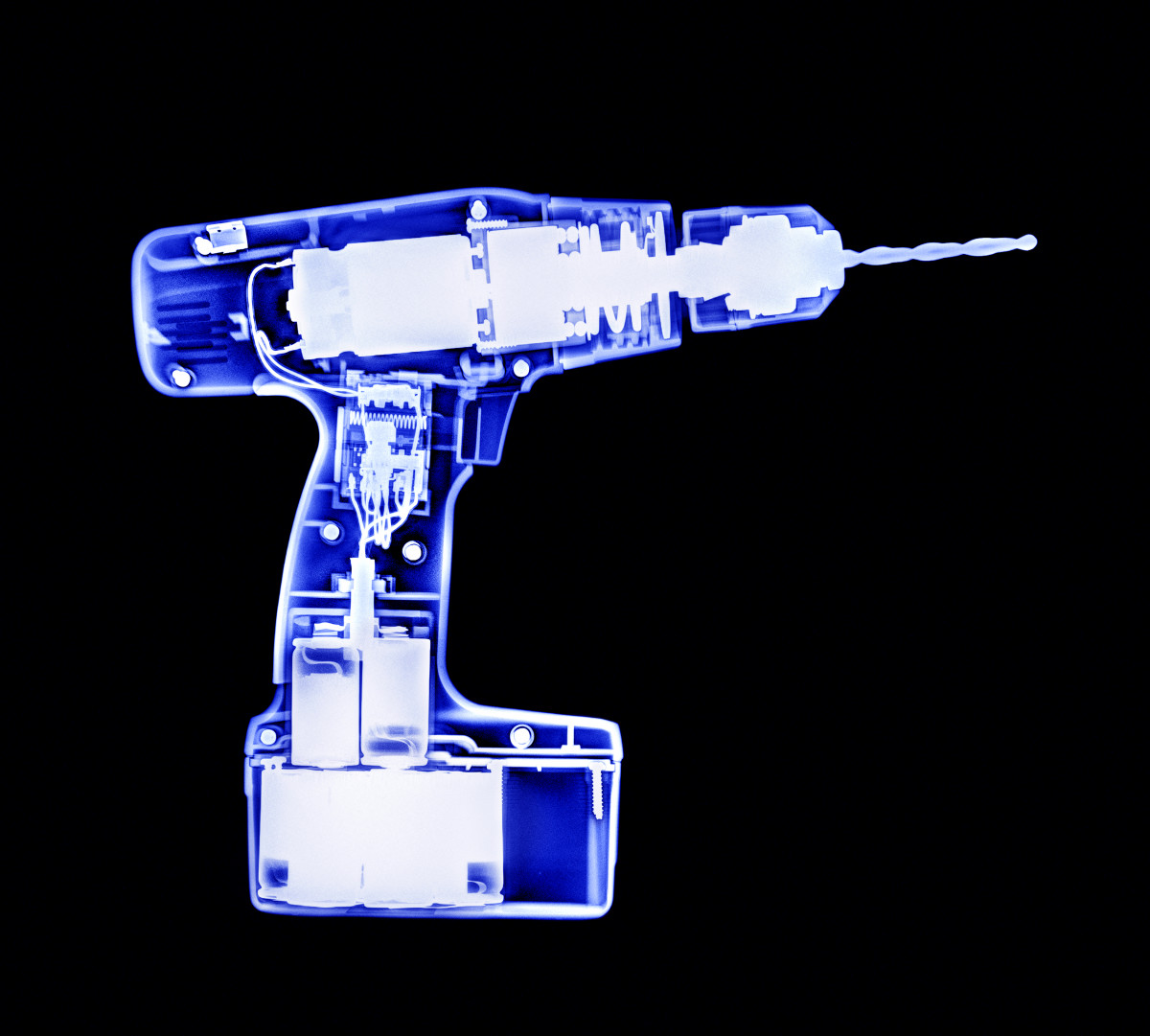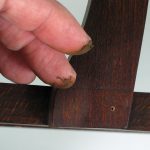We may receive a commission when you use our affiliate links. However, this does not impact our recommendations.
 For a long time, there was resistance from many in the woodworking community to battery-powered tools. Going “unplugged” usually meant reduced power, frequent charging, and the inevitable battery failure before the tool itself was worn out. That all changed with the introduction of lithium-ion batteries, and today there’s hardly a tool out there that doesn’t have a battery-powered counterpart. Even though batteries are better than ever, people still make some common mistakes that can shorten the lifespan of a battery.
For a long time, there was resistance from many in the woodworking community to battery-powered tools. Going “unplugged” usually meant reduced power, frequent charging, and the inevitable battery failure before the tool itself was worn out. That all changed with the introduction of lithium-ion batteries, and today there’s hardly a tool out there that doesn’t have a battery-powered counterpart. Even though batteries are better than ever, people still make some common mistakes that can shorten the lifespan of a battery.
 The Big Three
The Big Three
- Heat Management – When it comes to batteries, heat is the enemy. I often hear woodworkers talk about avoiding the cold, but batteries tend to be fine in below-freezing temps. In fact, they’ll generally have no issues all the way down to -4° Fahrenheit. Heat is the real battery-killer, especially on a job site. Temperatures over 175° can cause permanent damage to the battery. That might seem high, but factors like being inside a hot trunk or sitting directly in the sun can cross that threshold easily Keeping the battery cool will also extend run time and make the charging process more efficient.
- Charge Management – Pick a charger or charging mode that is applicable to your usage and run time needs. For example, if you’ll be using the tool again soon, charge it all the way. If it’s going to be a while until it’s used again, 50% charge is the target you should shoot for, then fully charge it right before use.
- Use Case – Pick the proper battery for the application and power tool you’re using. Don’t choose a lower power battery like a 2.0 Ah or 4.0 Ah for a high power tool, as this will require frequent charging and decrease the life span of the battery.
What Should You Do With A Dead Battery?
Even with their longer lifespans, a lithium-ion battery will eventually wear out. Proper disposal techniques ensure that a battery doesn’t spend decades leaking in a landfill, and allows the valuable lithium to be recycled. To find a recycling center in your area, check out Call2Recycle.
Editor’s note: Special thanks to Jocelyn Cronin, Product Manager of Batteries and Chargers at Bosch Power Tools for her help on this article. Any specific numbers quoted here are for Bosch CORE18V Lithium-Ion batteries, though most batteries from top-tier tool manufactures will have similar recommendations.
Here are some supplies and tools we find essential in our everyday work around the shop. We may receive a commission from sales referred by our links; however, we have carefully selected these products for their usefulness and quality.









5 years and still going on my two 18v Milwaukee batteries – I suspect I do like everyone else and stick it back on the charger until I need it again. period.
Constructive feedback: the animated gif of the battery explosion in the email newsletter is obnoxious.
Was it looping for you? In the test email it just exploded once, but if it was on repeat I can see that being incredibly distracting.
how do you tell your charger to only charge to 50%? I don’t have a charger that allows that set-up. Do your chargers do that? After reading the technical specs, don’t see that it does anything but fast charge to 80% then go to slow.
You either have to have a charger with the setting, or a battery that shows charge level and pull it when it’s at approximately 50%.